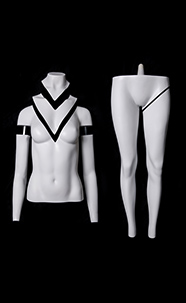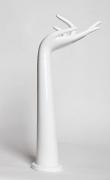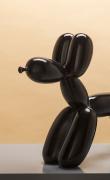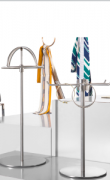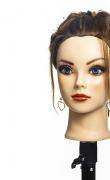Mannequins are the ultimate showcase for clothing, and their cleanliness and condition directly impact brand image. Plastic and fiberglass are two common materials, and proper care can significantly extend their lifespan and maintain optimal display performance.
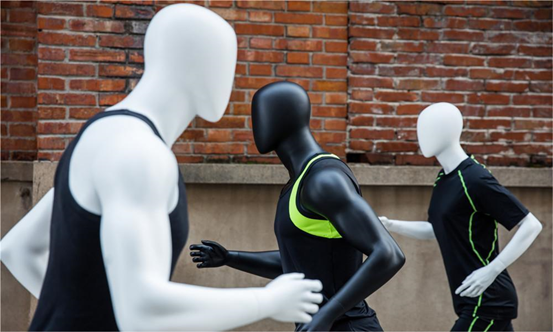
Daily cleaning and dust removal
Dust and dirt are the biggest killers of a model's shine. Regularly use a soft microfiber cloth to gently brush away surface dust. For stubborn stains, lightly dampen a cloth with water or a mild, neutral detergent (such as diluted soap and water), but be sure not to overdampen it. Dry immediately with a dry cloth after cleaning to prevent residual water stains.
Do not use alcohol, solvents, strong acids, bases, or abrasive cleaners, as these can corrode the plastic surface and cause the fiberglass resin coating to lose its luster or even crack.
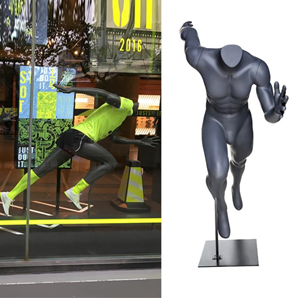
Avoid environmental damage
Environmental factors are the primary cause of damage to mannequins. Please note the following:
1. Avoid direct sunlight: Prolonged exposure to ultraviolet light can cause plastic to yellow and become brittle, and can also fade the paint on fiberglass surfaces. Place the mannequin in a location with subdued lighting.
2. Keep away from heat sources: Never place the mannequin near heaters or heating elements. High temperatures can cause plastic deformation, and the resin inside the fiberglass reinforced plastic may crack due to thermal expansion and contraction.
3. Keep the mannequin dry: Humid environments can easily cause metal connectors (such as joint bolts and base brackets) to rust, which can make them impossible to disassemble and damage the structure. Ensure the mannequin is stored in a well-ventilated and dry environment.
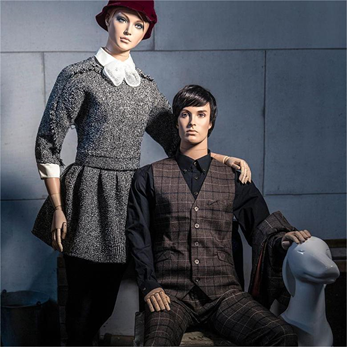
Precautions for use and storage
1. Gentle Dressing: Be gentle when dressing and undressing the model. Avoid pulling or forcing the model's limbs, especially on delicate parts like fingers and wrists, to prevent breakage.
2. Balanced Standing: Ensure the model is stable on a base to prevent accidental tipping and serious damage. It's best to use two people to support the torso and major joints when moving.
3. Proper Storage: For long-term storage, clean the model, wrap it in a soft cloth, and place it in a sturdy box. Separate the models with cushioning material (such as bubble wrap) to prevent them from squeezing or rubbing against each other. Never turn the model upside down or place heavy objects on top of it.

Simple maintenance
Minor scratches can be repaired by lightly sanding with a plastic polish. If joints are loose, try tightening the screws. If fiberglass is cracked or severely damaged, it's recommended to contact a professional for repair to avoid further damage.
In short, treat mannequins like precious display partners. With meticulous daily cleaning, a suitable environment, and careful handling, your plastic and fiberglass mannequins will remain as beautiful as new for years to come.





